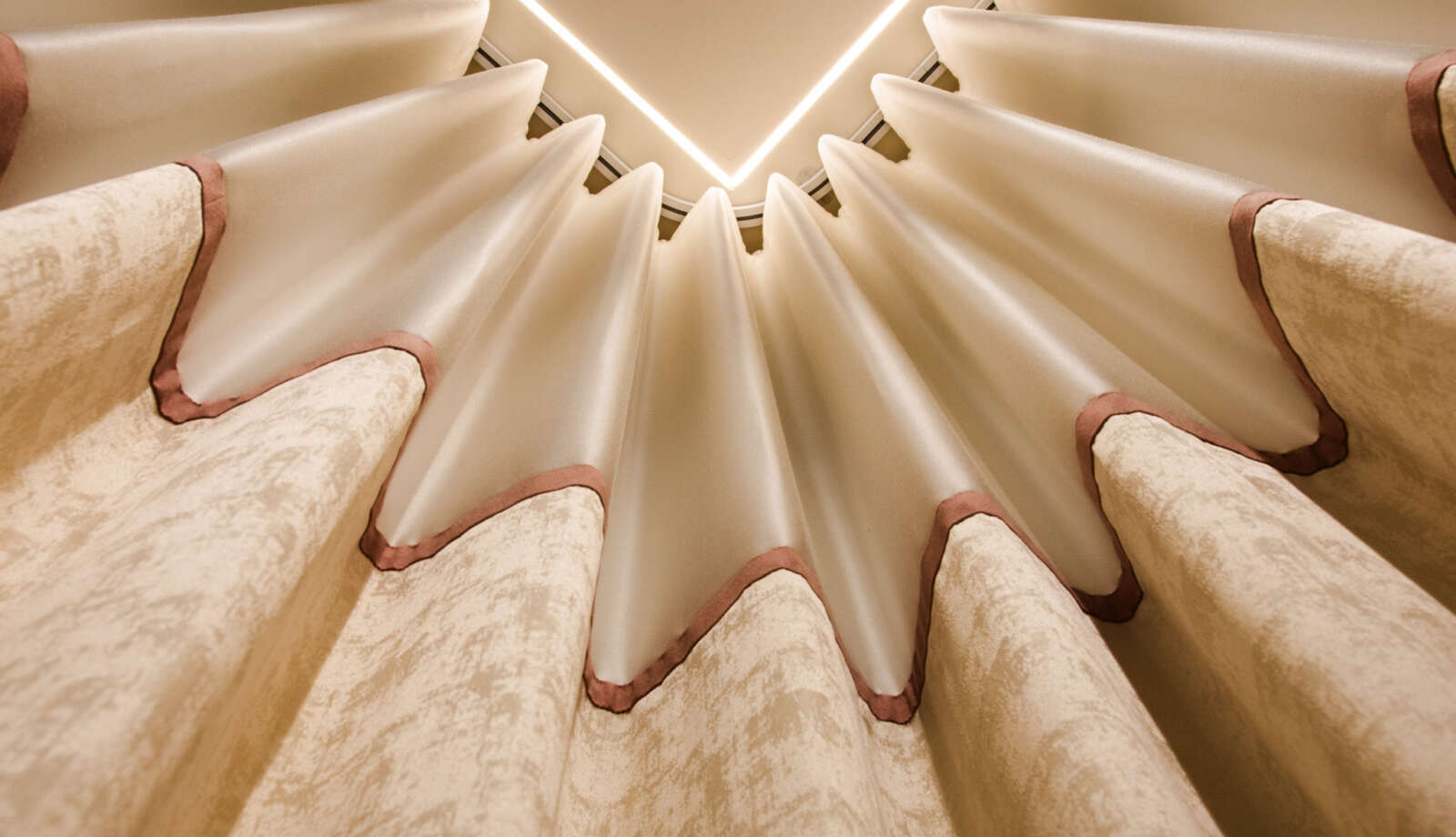The evolution of window treatments has seen a remarkable transformation from traditional curtains to modern smart blinds, reflecting changes in technology, design preferences, and lifestyle needs. This overview highlights key historical developments, technological advancements, and current trends in window treatments.
Historical Background
Window treatments date back to ancient civilizations, where materials like animal skins and textiles were used to create shades. In medieval Europe, the wealthy adorned their homes with luxurious fabrics such as velvet and silk, while simpler materials were used by the lower classes. The Industrial Revolution marked a significant turning point; advancements in textile manufacturing made window treatments more accessible to the general public, transitioning them from luxury items to everyday necessities.
Major Developments
Invention of Roller Blinds
One of the pivotal innovations was the introduction of roller blinds in the 18th century, which allowed for easy adjustment of light and privacy. This mechanization paved the way for future developments in window treatment technology.
Rise of Motorization
The 20th century introduced electric motors for window treatments, enabling push-button control. This innovation led to the popularity of motorized blinds and curtains, providing convenience and enhancing functionality in modern homes.
Technological Advancements
Smart Window Treatments
The advent of smart home technology has revolutionized window treatments. Smart blinds can be controlled via smartphone apps or voice commands, allowing users to automate their operation based on schedules or environmental conditions. This integration enhances convenience and energy efficiency by optimizing natural light and temperature control.
Innovative Materials
Recent trends emphasize sustainability and personalization. Eco-friendly materials like bamboo and solar-powered options are gaining popularity, reflecting a growing awareness of environmental issues. Additionally, advancements in digital printing technology allow for customized designs, enabling homeowners to create unique window treatments tailored to their aesthetic preferences.
Current Trends
Mixing Traditional and Modern Elements
Today’s designs often blend traditional aesthetics with modern functionality. Homeowners are increasingly opting for custom-made treatments that combine classic patterns with contemporary styles, creating a transitional look that balances timeless elegance with modern simplicity.
Focus on Automation and Integration
The trend towards automation continues to grow, with smart motorized window treatments becoming standard in many homes. Features like programmable scheduling enhance security by simulating occupancy when homeowners are away, while integration with smart home systems offers unprecedented control over light and privacy.
Personalization
As we move further into the 2020s, there is a strong emphasis on personalized solutions. Homeowners can choose from a vast array of fabrics, colors, and styles to create bespoke window treatments that reflect their individual tastes and functional needs.
In summary, the evolution of window treatments from traditional curtains to smart blinds illustrates a significant shift influenced by technological advancements and changing consumer preferences. As we look ahead, innovations in materials and smart technology will likely continue to shape this dynamic industry.

